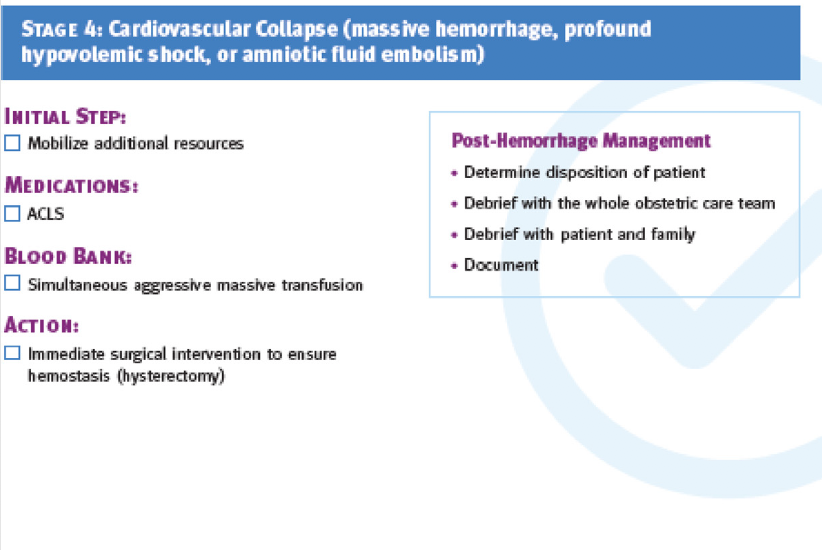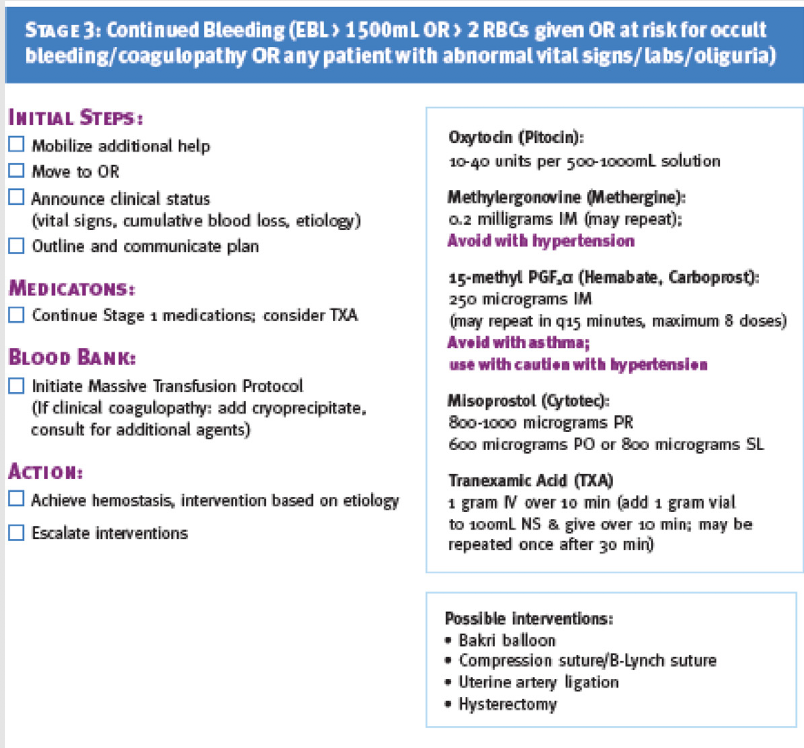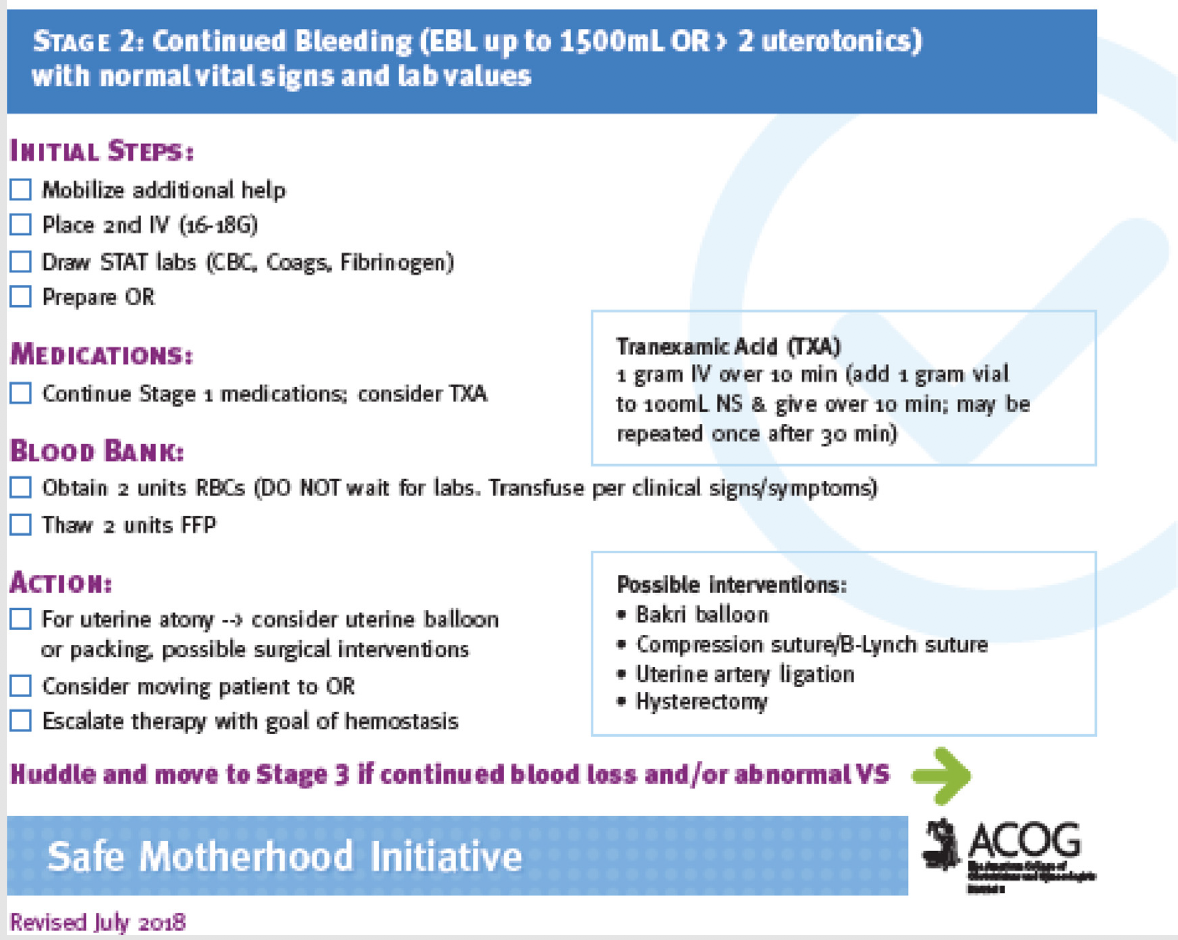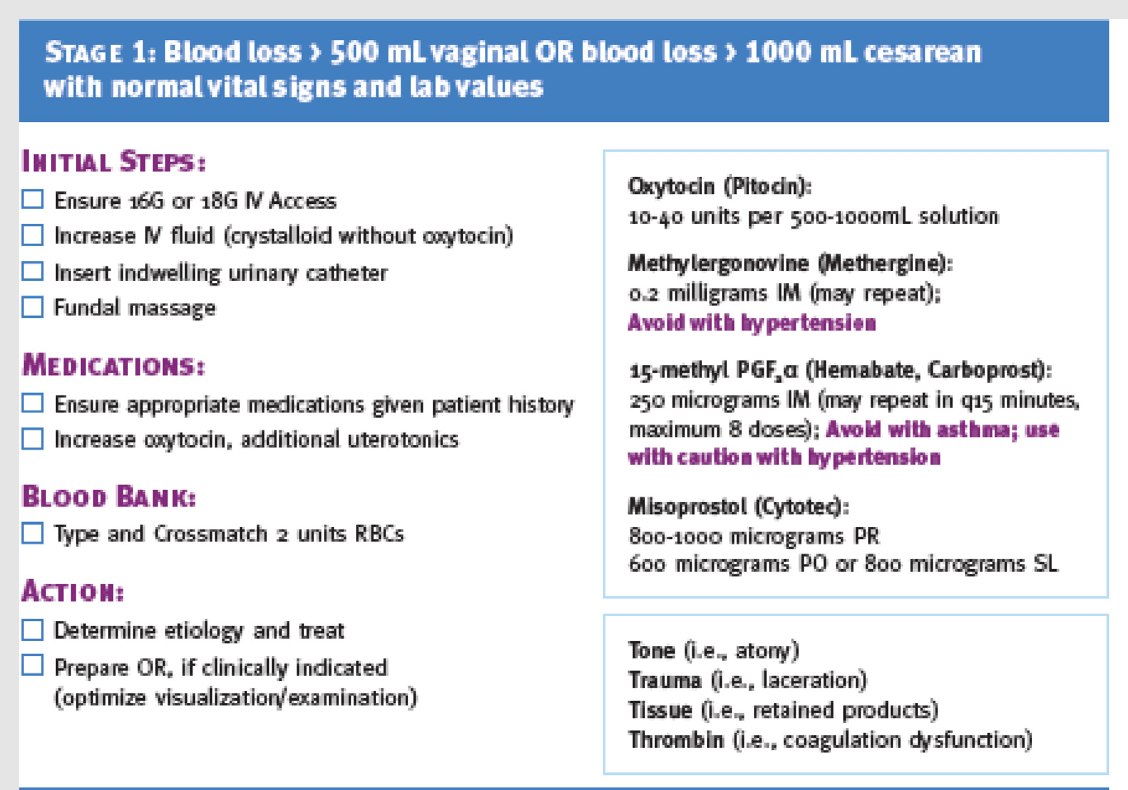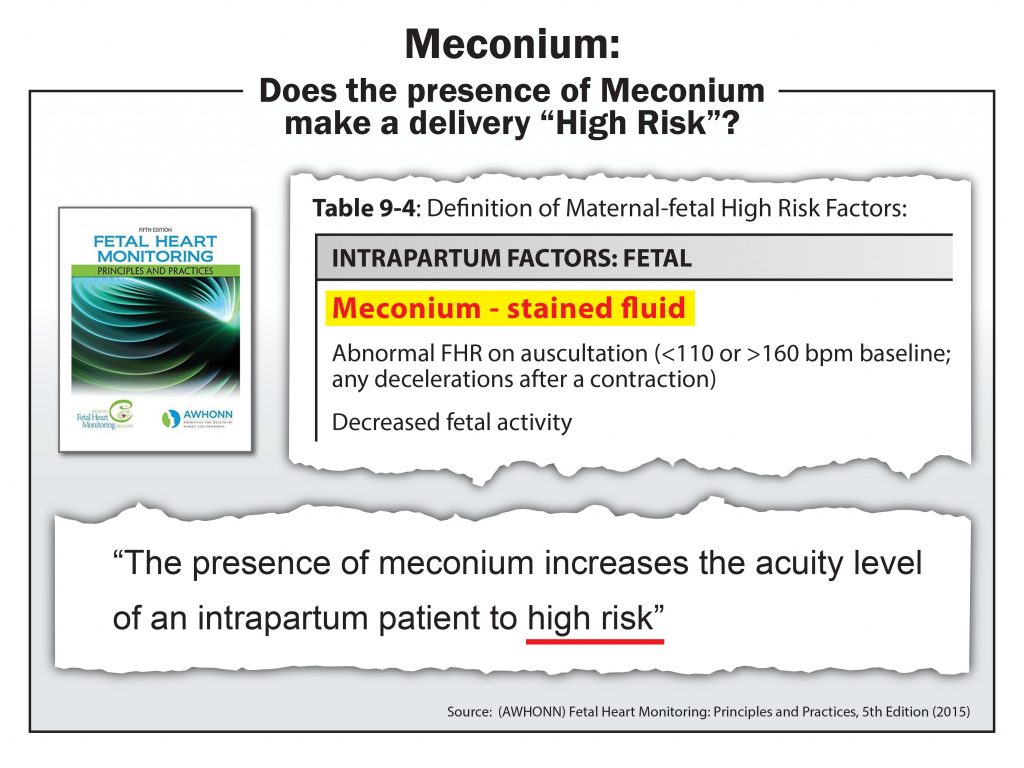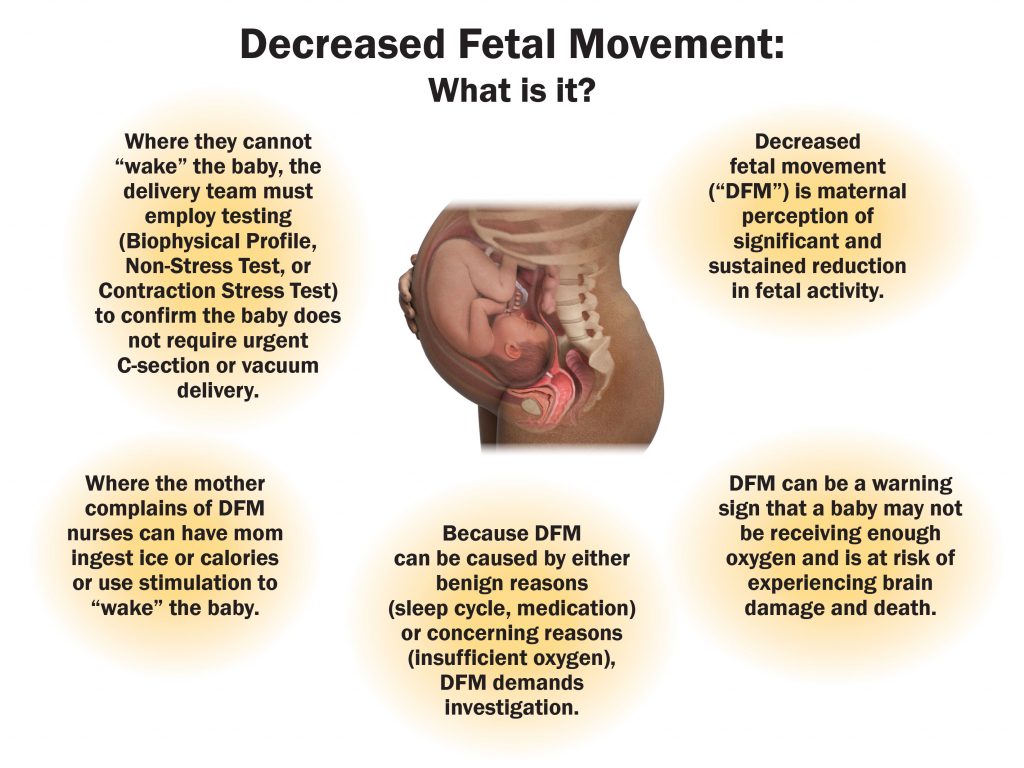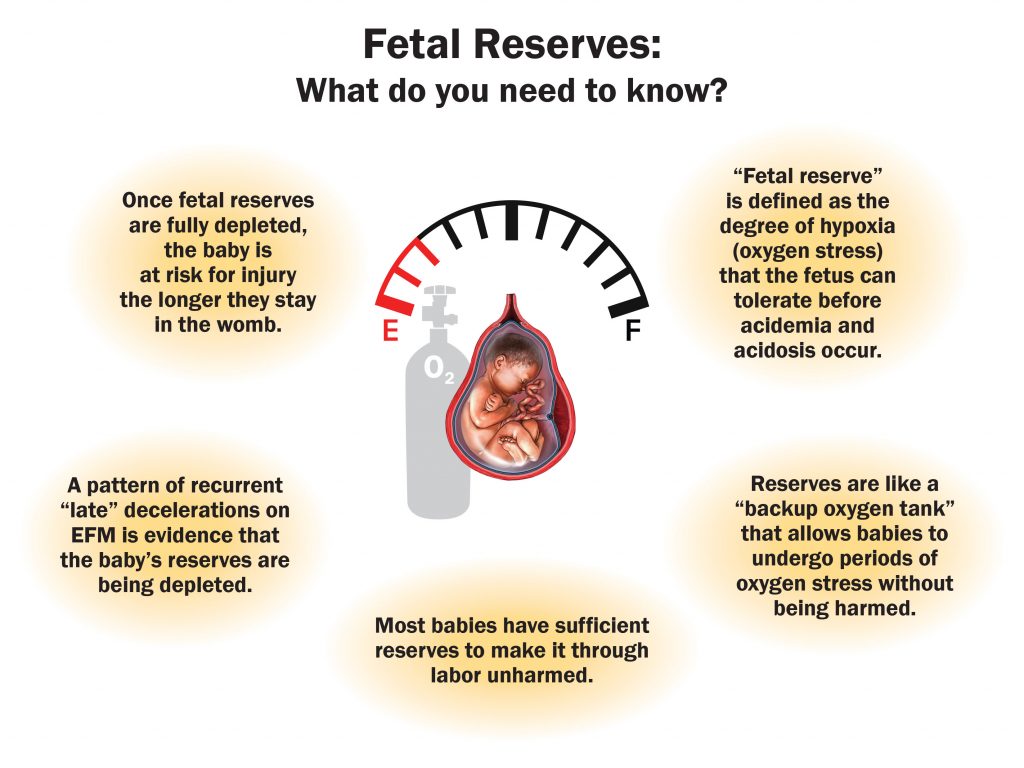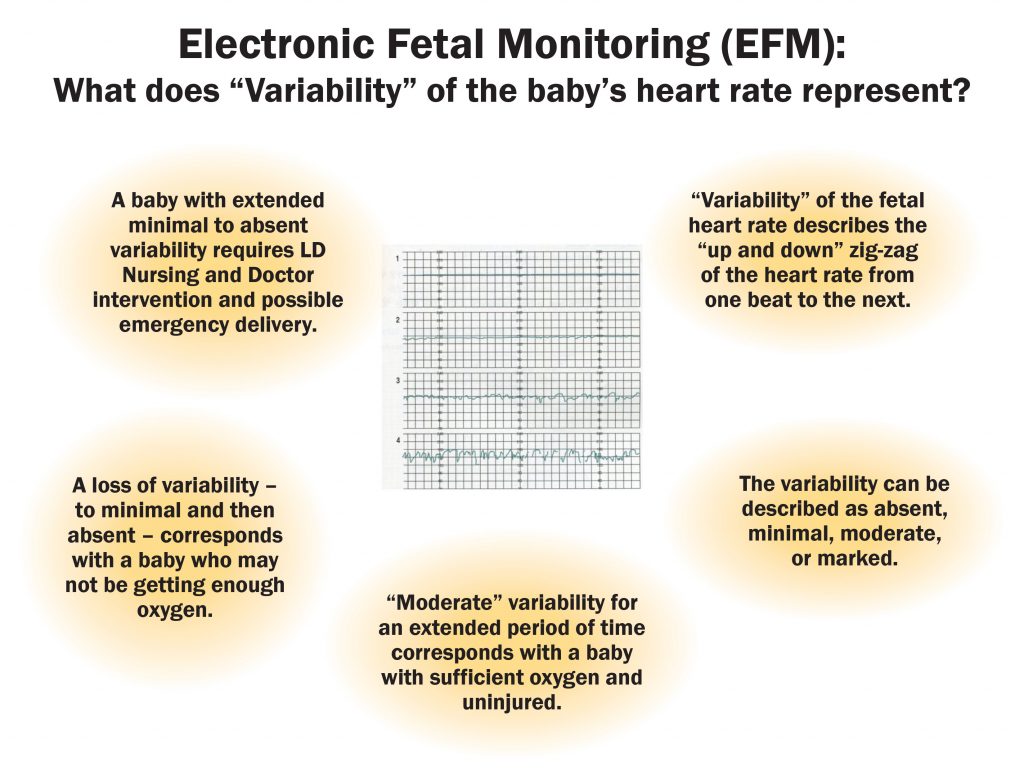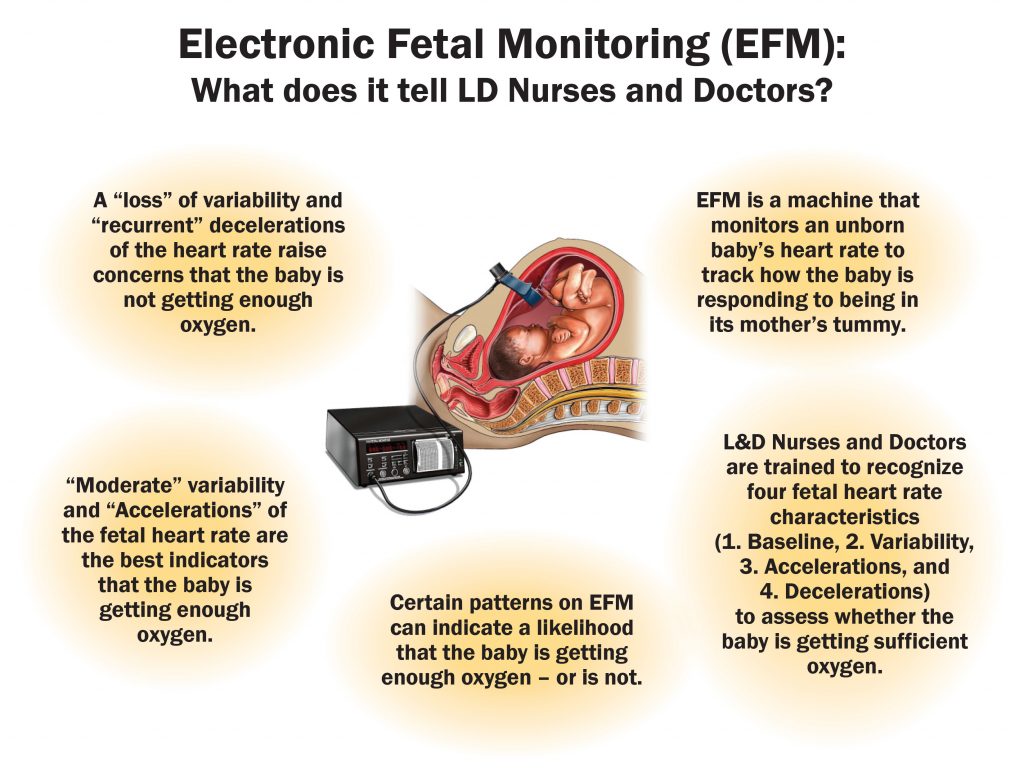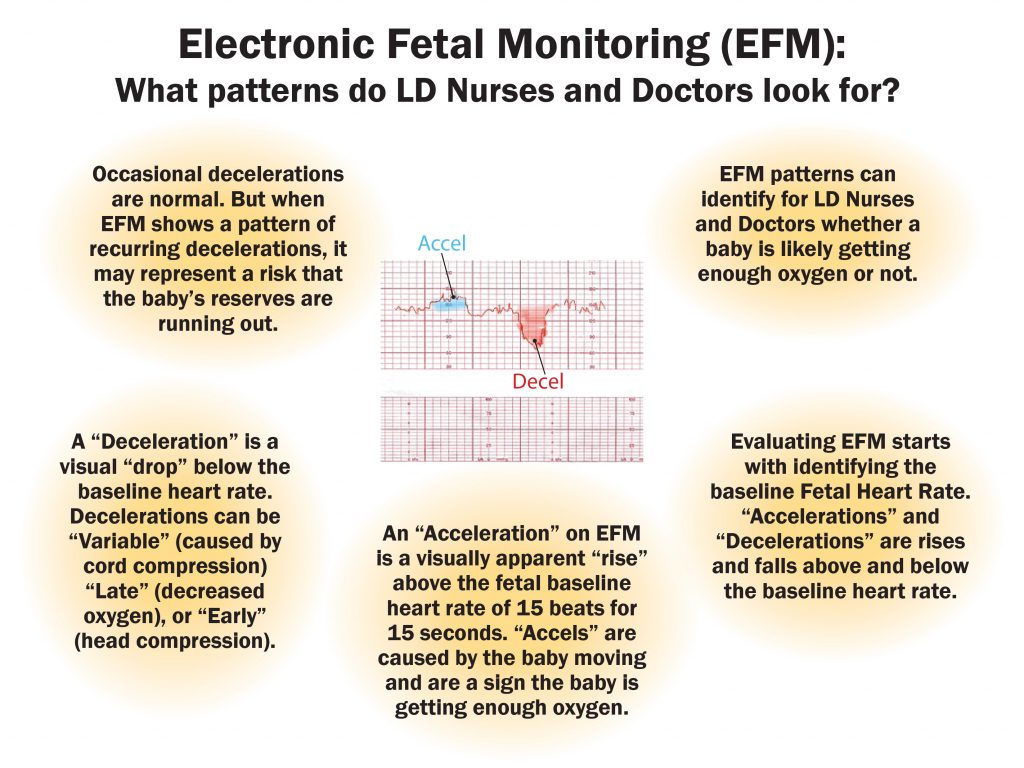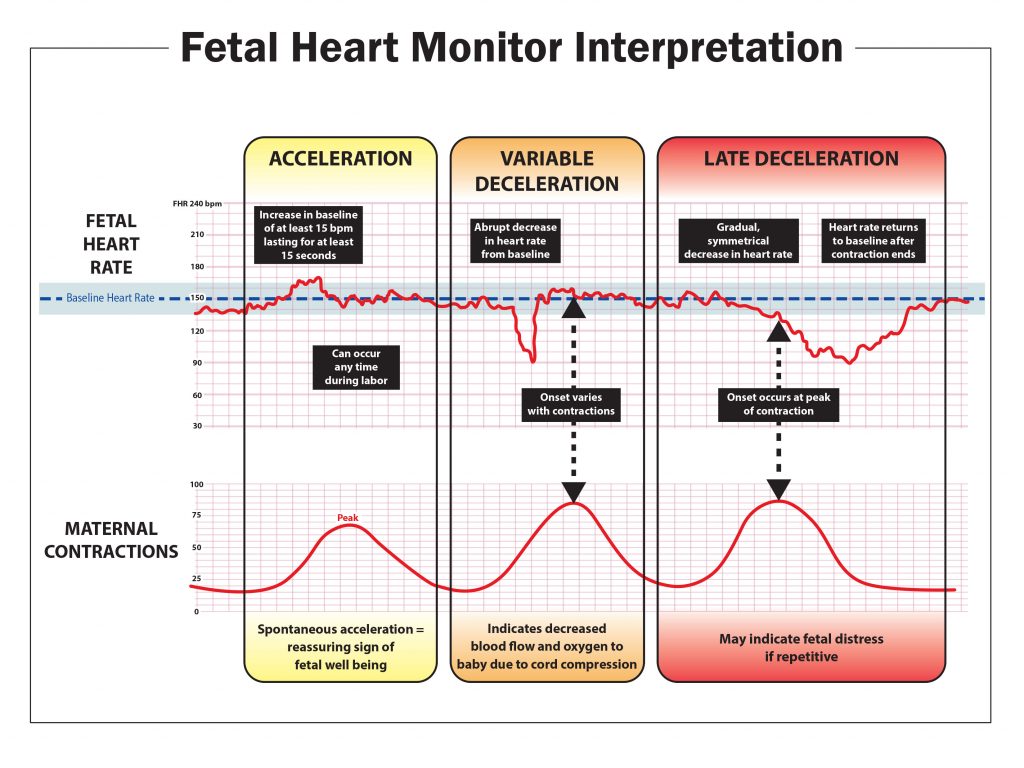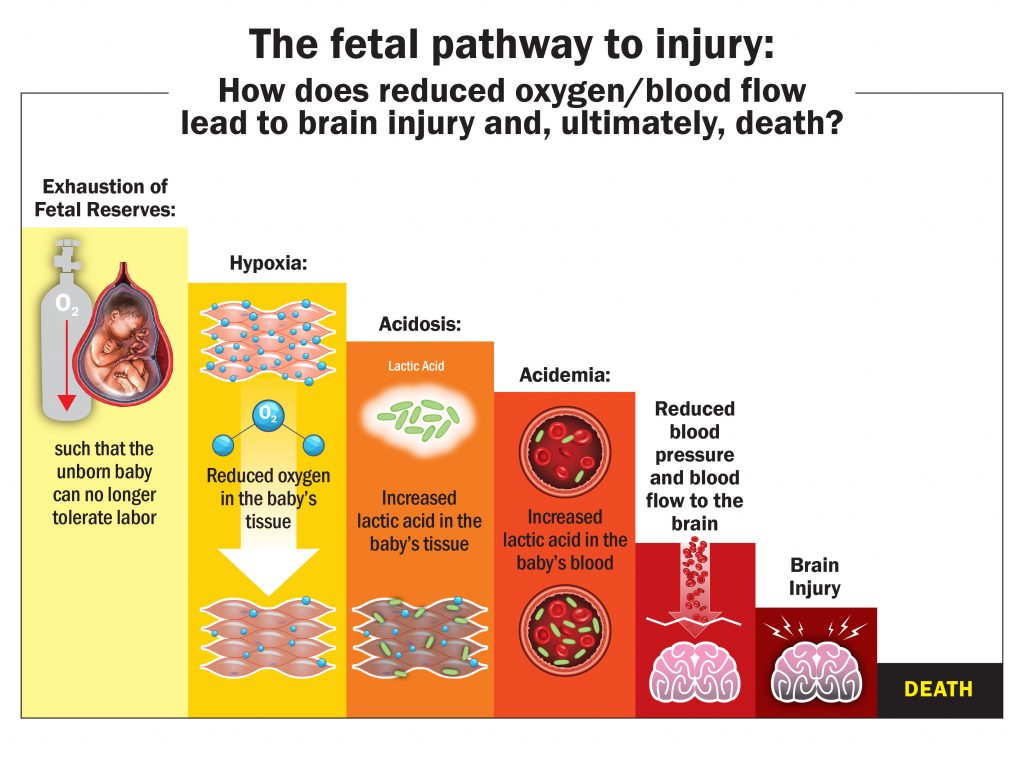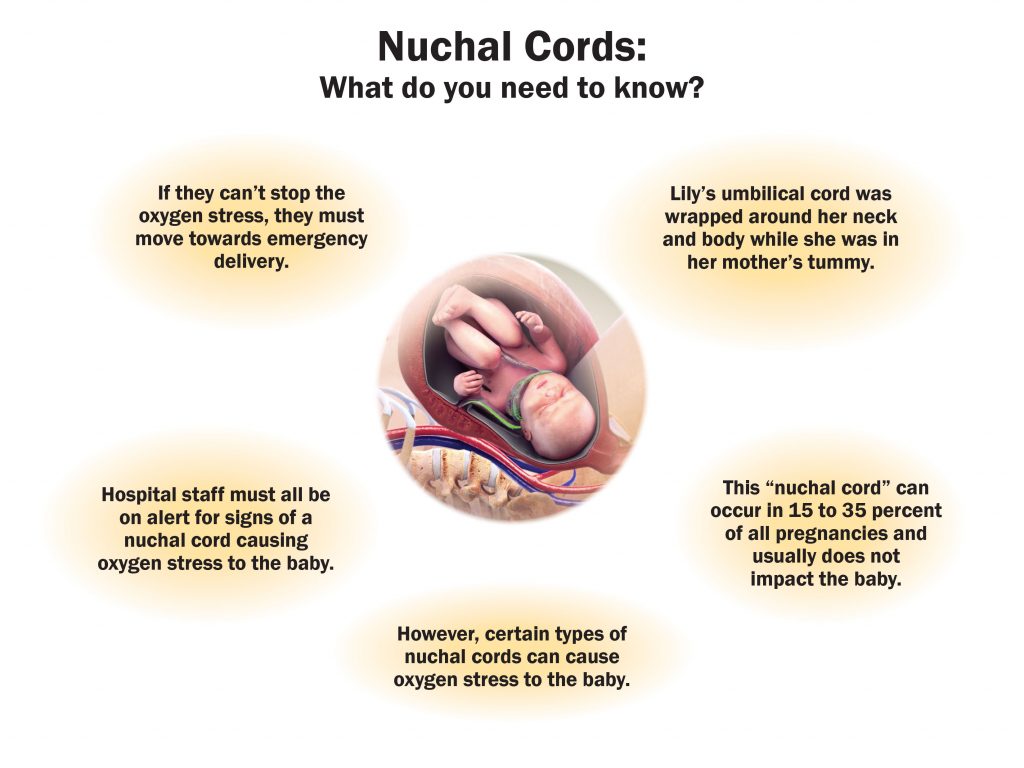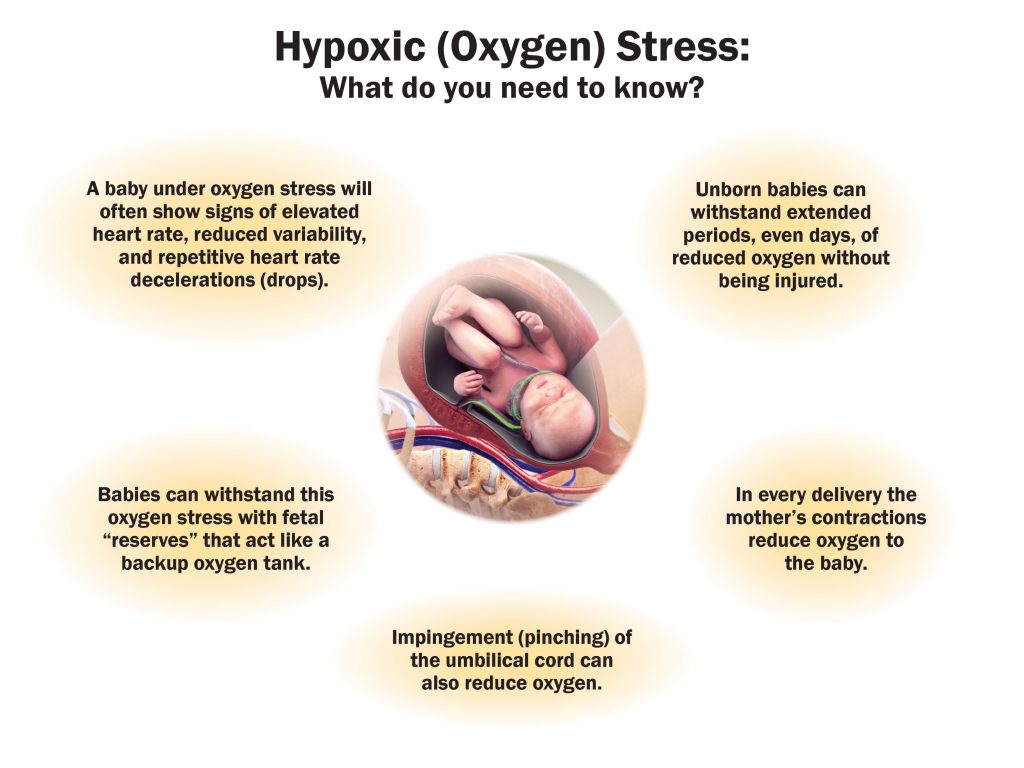Lawyers who represent Injury Victims will usually work on what is called a “Contingency Fee Arrangement”. This means that the lawyers fee is not paid by the hour or with an up – front retainer (like most lawyer’s fees are). Instead, the fee is contingent (dependent on) the success of the case. That means that you are asking the lawyer to take a risk in representing you – a risk that at the end of the case, if the lawyer doesn’t recover money for you, then the lawyer doesn’t get paid. Because of the risks involved in injury victim work, most lawyer contingency fees start at 1/3 of any recovery and can be as high as of any recovery in cases with higher risk. This is a recovery from the gross of the settlement meaning that the lawyers fees are taken from the full amount of the settlement (not the amount of the settlement once it is reduced by outstanding costs of the case, or medical bills). This is standard throughout the country and is the fee structure for roughly 90% of lawyers and injury cases in the U.S.
Here are the basics that I would want to know if I were a client hiring a lawyer on a “contingency basis”.
1. The fee structure:
Most injury victim contingency fee contracts at our firm are 33.3% (1/3) if the case settles before trial and 40% if the case must be litigated. This is the fee schedule for roughly 9 out of 10 cases we handle. There are occasions where we have been willing to take on a case for reduced fees – particularly where there is an infant involved.
For more complex cases (products liability or medical malpractice) and cases with higher risks, the fee structure can be 40% and 50%.
2. Costs of the case:
Injury cases can be very expensive to litigate. We routinely have in excess of $50,000.00 in costs we have paid out-of-pocket on behalf of a client. Some of the major expenses for litigation include:
EXPERTS:
Engineers in a products case and Doctors to explain the client’s injuries).
“TREATING” DOCTORS:
In any injury case we need to obtain the testimony of the doctors who have treated our client. This often requires meetings with the doctors and depositions to preserve testimony from them. Treating Doctors often charge us from $300/hour up to $1500/hr (Surgeons and Neurosurgeons) to speak to them or take their deposition. The costs for a multi- hour meeting or deposition can be enormous.
DEPOSITION FEES:
For a complex injury case we will often spend from $15,000.00 to $25,000.00 for witness fees and court reporter fees for taking deposition.
TRIAL CONSULTANTS AND FOCUS GROUPS:
We run focus groups in every case. Focus groups can cost from $1500.00 in a non-complex case to $10,000.00 in a more complex case.
3. Other Lawyers:
The number of lawyers brought in to represent the client in a contingency case should have no impact at all on the fee agreement or the fee percentage. We are routinely brought in by firms to handle complex litigation and trial. In those instances the referring law firm is reducing the fees it will receive and sharing its fee with our firm. The point is this: the percentage of fees and amount of money to the client after trial or settlement stays the same.
4. When a Lawyer is Replaced:
It is rare, but can occur. When a lawyer who has been involved in representing a client under a contingency relationship leaves the case, that lawyer has the option of filing a “lien” on the case. The lien can be for expenses advanced by the lawyer and for fees earned. However, the lawyer does not, once they have left the case, continue to have the right to the original fee percentage in the fee contract. A mediator or court will, once the case is over and there is money to provide for legal fees, determine the “quantum meruit” or actual value of the work performed by the former lawyer.
Here is a link to a copy of our 33%/40% standard fee agreement. If you are a potential client, please review the fee agreement and contact us with any questions you might have.
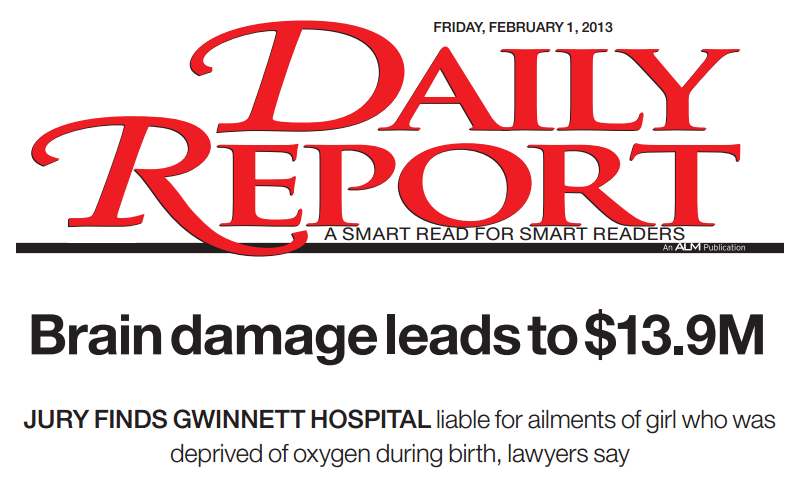



 Hayley serves as a Labor and Delivery Nurse Consultant for the Tyrone Law Firm. She attended and graduated Cum Laude from the University of Georgia in 2004 with a Bachelor of Arts degree in Journalism/Public Relations. After graduation she moved to the gulf coast where she pursued a career in real estate and development.
Hayley serves as a Labor and Delivery Nurse Consultant for the Tyrone Law Firm. She attended and graduated Cum Laude from the University of Georgia in 2004 with a Bachelor of Arts degree in Journalism/Public Relations. After graduation she moved to the gulf coast where she pursued a career in real estate and development.
